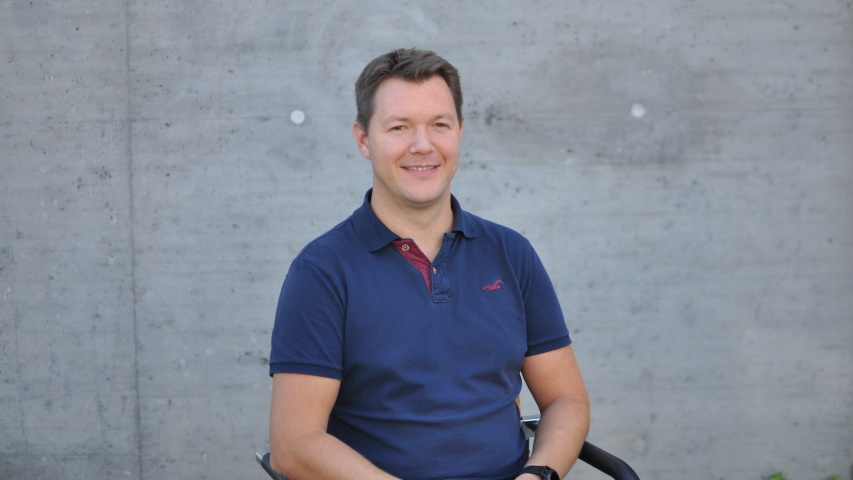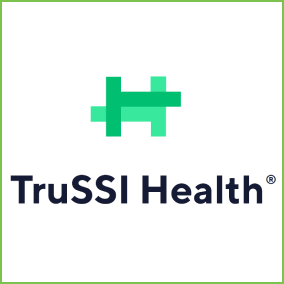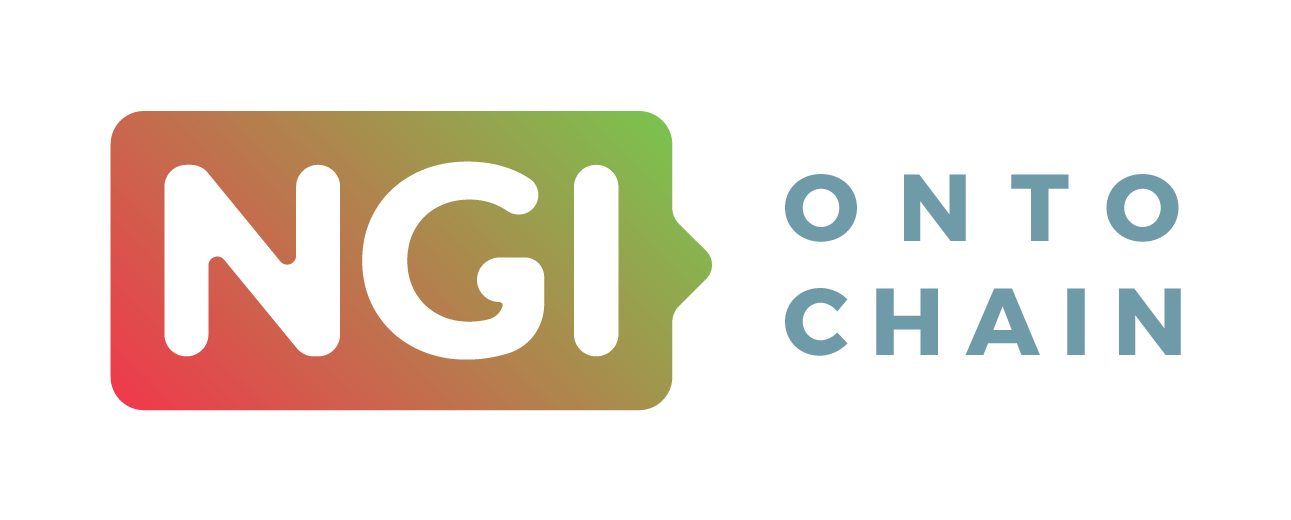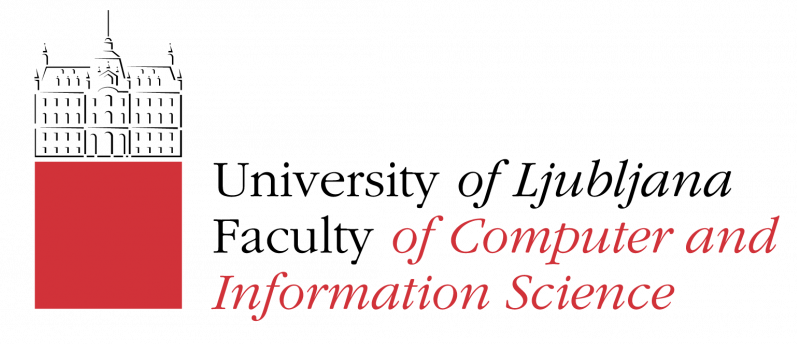
Can you briefly present us your team? What’s your story and what drives you?
VIDchain is a collection of services aiming to build a decentralized identity ecosystem and serving tools for each actor within this ecosystem. VIDchain is one business line of Validated ID, a Spanish qualified trust service provider, besides the well-known qualified signature services offered by VIDsigner. VIDchain offers tools for issuer that can be integrated into their system but also a stand-alone tool used for managing the whole credential lifecycle. The verifier can also integrate services for credential exchange, based on OpenID Connect for Verifiable Credentials, and verify those credentials. Besides, there is a stand-alone tool for credential verification available as well. The core component of a decentralized identity system describes VIDwallet, the identity wallet offered by Validated ID.
Validated ID is a pioneer in the SSI space and contributed to this ecosystem from the beginning by participating in various initiatives such as DIF, NGI projects, trust over IP, INATBA, EBSI, etc. We believe that decentralized identity, including its concepts, technologies, and services, will revolutionize the future of digital identity.
VIDchain team consists of experts providing know-how in several categories, such as:
- Ivan Basart, CTO and co-founder of Validated ID is an expert in PKI, digital identities, signatures, certificates and many more.
- Jose Francisco Ruiz, Business Manager of VIDchain, sales engineer expert in eHealth, legal-tech and digital signature market and related business and legal processes.
- Me, Dr. Andreas Abraham, Product and Project Manager for VIDchain, expert in SSI and related technologies such as cryptography, privacy-preserving technologies, etc.
In simple words, what is your project about and how does it contribute to the ONTOCHAIN software ecosystem?
In ONTOCHAIN, we are participating with our project TRUSSIHEALTH, which focuses on giving patients control back over their health data. In simple words, TRUSSIHEALTH enables patients to import their health data coming from a health data provider like, for instance, a hospital. In the next step, these data are transformed from a health data specific data format into the universal usable verifiable credential data format. The transformed credential is sealed using the eIDAS bridge to elevate the trust and ensure the correctness of the transformation. This credential is stored within the identity wallet. The patient is then able to present their health data to another hospital or doctor without involving the data source. This privacy-preserving process requires explicit user consent for sharing the data.
TRUSSIHEALTH contributes to the ONTOCHAIN ecosystem, a service that empowers patients by allowing them to manage their own health data, and enabling the possibility that they can share these data in a privacy-preserving manner.
How did you come up with this project idea and what benefits will it bring to the end users?
We, as Validated ID, have several partners in the health industry, and we are aware of the frustrating situations of patients that are not in control over their patient-related health data. Also, a new Spanish law defines that each patient has the right to get their health-related data, in theory. In practice, these data are often not or not easily shared with patients.
Our goal was to create a project, namely TRUSSIHALTH, to address the previously mentioned issues and empower the patients following what is specified in the law and even beyond. The end users, in our case, the patients, will benefit clearly from the fact that they will be able to fully hold and control their health data and share them by giving explicit consent but without having to involve a third party.
In what way is ONTOCHAIN contributing to your own ambitions?
Validated ID is working with partners from the health sector for quite some time and VIDchain in contributing to the decentralized identity space.
Nevertheless, within the ONTOCHAIN network, we have met several interesting projects, people, and teams that might contribute to the TRUSSIHEALTH project and vice-versa. TRUSSIHEALTH has already had some interesting discussions with other projects and currently assessing how TRUSSIHEALTH could enhance from these other projects.
Besides, ONTOCHAIN gives our project visibility which was a supporting factor when recruiting the piloting partners that we were able to acquire for piloting TRUSSIHEALTH.
How do you assess the experience of working with other ONTOCHAIN teams? What type of synergies do you want to explore/are already exploring?
Until now, we were quite impressed about the teams participating in ONTOCHAIN with their great projects, ideas, and visions. Even though focus of the projects varies quite a lot, we were still able to discuss possible collaborations with several interesting projects. A big thank you to the ONTOCHAIN coordinators for supporting us not only in communicating with other teams but in general.
What are your expectations regarding the ONTOCHAIN software ecosystem and its contribution to the NGI priority areas?
We expect that ONTOCHAIN will be a success within the NGI program due to its exciting projects and teams. Each project contributes to the ONTOCHAIN ecosystem, which helps ONTOCHAIN be successful.
TRUSSIHEALTH contributes to the NGI priority areas by providing a decentralized identity system for patients that elevates trust in the imported health data. Furthermore, TRUSSIHEALTH also contributes to security by enhancing data security and privacy with regard to health data and also considers the aspect of inclusion by providing an easy-to-use user experience for all kinds of patients, even elderly and persons with disabilities.

 This project has received funding from the European Union’s Horizon 2020 research and innovation programme under grant agreement No 957338
This project has received funding from the European Union’s Horizon 2020 research and innovation programme under grant agreement No 957338




